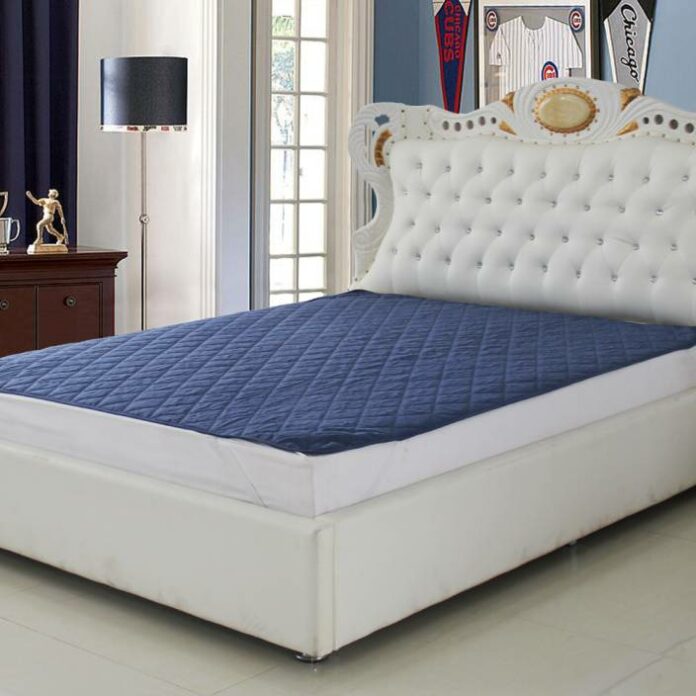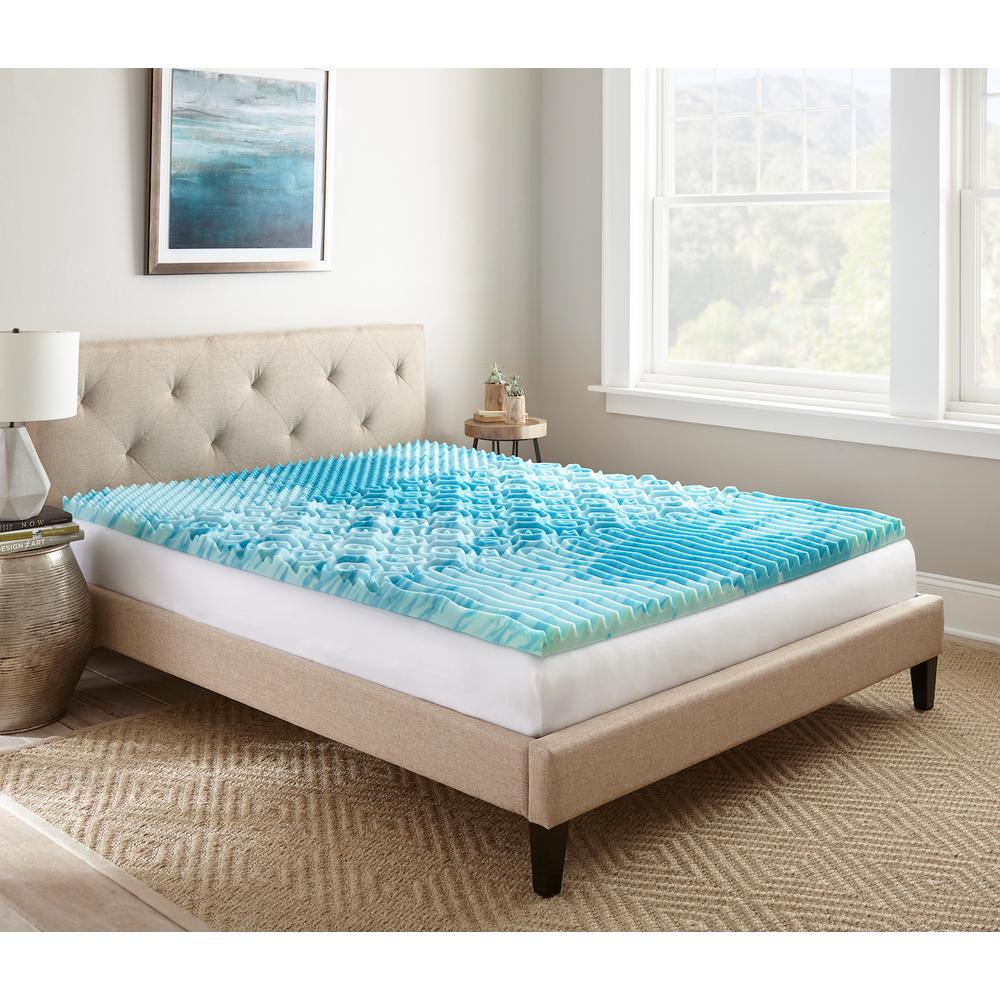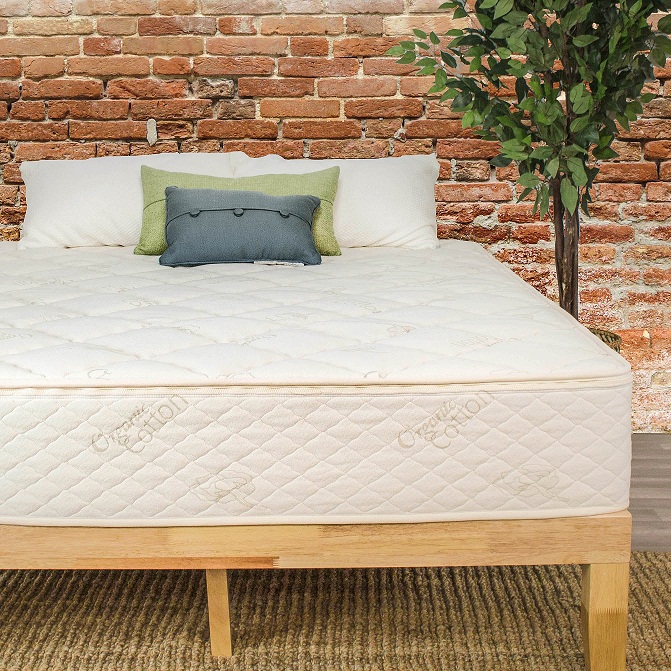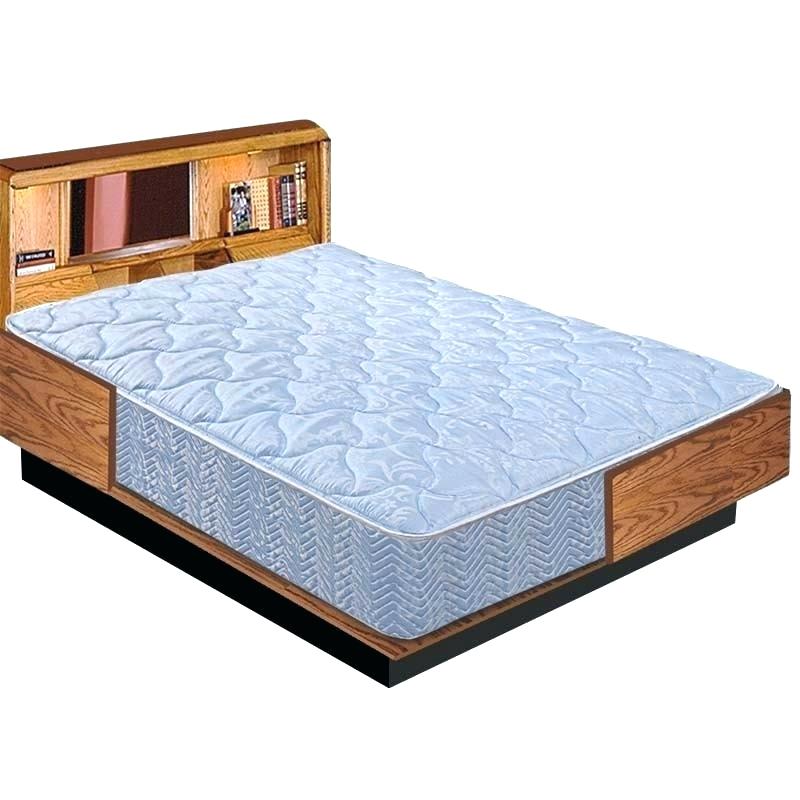One of the most cost-effective things an individual can buy, but is often overlooked, is a proper mattress for your bedroom. We spend about a third of our lives sleeping, so it only makes sense to maximize your comfort in the process.
The Importance of Sleep
One of the most common side-effects of not getting a good night’s sleep is back pain. But, the additional side-effects of sleep loss may surprise you, potentially leading to:
- Lack of concentration
- Depression
- Forgetfulness
- Reduced sex drive
- Various heart-related issues
- … and even accidents!
On the flipside, the health benefits of proper sleep are immeasurable, and can save you a lot of troubles in the future. They include, but are not limited to:
- Improved mood and memory
- Improved heart health and reduced risk of strokes
- Stabilized blood sugar levels
- Better weight control
- Lower stress levels
This is why finding the right mattress for you can be of vital importance, and there are several things you should consider before making a purchase.
Types of Mattresses
There are quite a few types of mattresses out there, each with its own unique benefits. Some of these benefits overlap between mattress types. But, your choice should largely depend on whether you have a specific issue, such as back and neck pain, or whether you prefer sleeping on your stomach, back, or side.
-
Innerspring Mattress
Innersprings, also known as coil mattresses, are the oldest, most common and most affordable type of mattress out there. As a result, they tend to have the shortest lifespan and require more frequent replacement.
These mattresses are built with a series of steel coils that compress upon pressure. In general, they are sturdy with a bouncy effect. The differences between innerspring mattresses depend in the amount of coils as well as their shape. In general, the greater the amount of coils the longer your mattress’ lifespan will be.
Being a firm mattress, innerspring is ideal if you prefer sleeping on your back or stomach.
-
Memory Foam Mattress
Perhaps the most commonly marketed type of mattress as of late, memory foam is characteristic for its flexibility. It gives you a sensation of blending in with the mattress, quickly adjusting to your pressure points on the mattress to ensure soft and cushy comfort regardless of your sleeping position.
This is why memory foam mattresses are ideal for side sleepers or erratic sleepers who tend to move a lot in their sleep. They also come with additional benefits such as appropriate spinal alignment and resistance to dust mites and other various allergens.
-
Latex Mattress
Latex feels similar to memory foam as it offers the same kind of cushioning and flexibility, but with more of a “bounce” effect.
One complaint people have with memory foam mattresses is that they tend to retain more heat throughout the night, because of the foam density required to support you as you’re sleeping.
If you’d like to stay cooler throughout the night, but at the cost of some soft comfort, you can go with a Latex mattress instead.
There are two types of Latex mattresses: Tanalay (softer at the top and more dense at the bottom) and Dunlop (all-around steadier mattress with less of a “sink-in” effect).
-
Waterbed Mattress
Waterbeds may seem like a more recent invention, but they can actually be tracked back to before our era.
These mattresses rely on water as their support system, and they can be designed in two ways. One in which the water is free-flowing across the mattress, and one where the water is steady. Free-flowing waterbeds produce more noise, so this choice would come down purely on your preference, as the comfort is equal in both.
What waterbeds excel at the almost-therapeutic feel they provide due to the warmth of the water, especially in winter time. They can also relieve back pain and are the most ideal solution for back sleepers.
The pitfall of owning a waterbed is the occasional maintenance required. You will have to fill your waterbed and replace its conditioner on an annual basis. If moving the bed, it would have to be drained and then re-filled.
If these things are of no concern to you, however, then the waterbed remains a viable and comfortable solution for your bedroom.
-
Buying Your Mattress
Besides having a general understanding on the types of mattresses out there, you should keep a few things in mind before heading out and buying a mattress.
Standard Mattress Sizes:
- King: 76″ x 80″
- Cal King: 72″ x 84″
- Queen: 60″ x 80″
- Full XL: 54″ x 80″
- Full: 54″ x 75″
- Twin XL: 38″ x 80″
- Twin: 38″ x 75″
As a general rule of thumb, make sure your mattress is at least 6 inches longer than your height.
-
Return Policy
Plenty of mattress stores will let you return your mattress within a period of 2 to 3 weeks – up to a month, if you are dissatisfied with it. Make sure you ask about the store’s policy on this matter.
-
Try It Yourself
No matter where you purchase, it is essential you try out the mattress you’re buying before making a purchase. Even if you’re buying online, making the personal trip will be worth it. After all, you should plan on spending the next 8 to 10 years sleeping on your mattress of choice.
Keep in mind that if you are sleeping with a partner, it is preferential you both try it out for yourself. Additionally, never go on a mattress try-out when you’re tired, because then any mattress would feel comfortable.
























